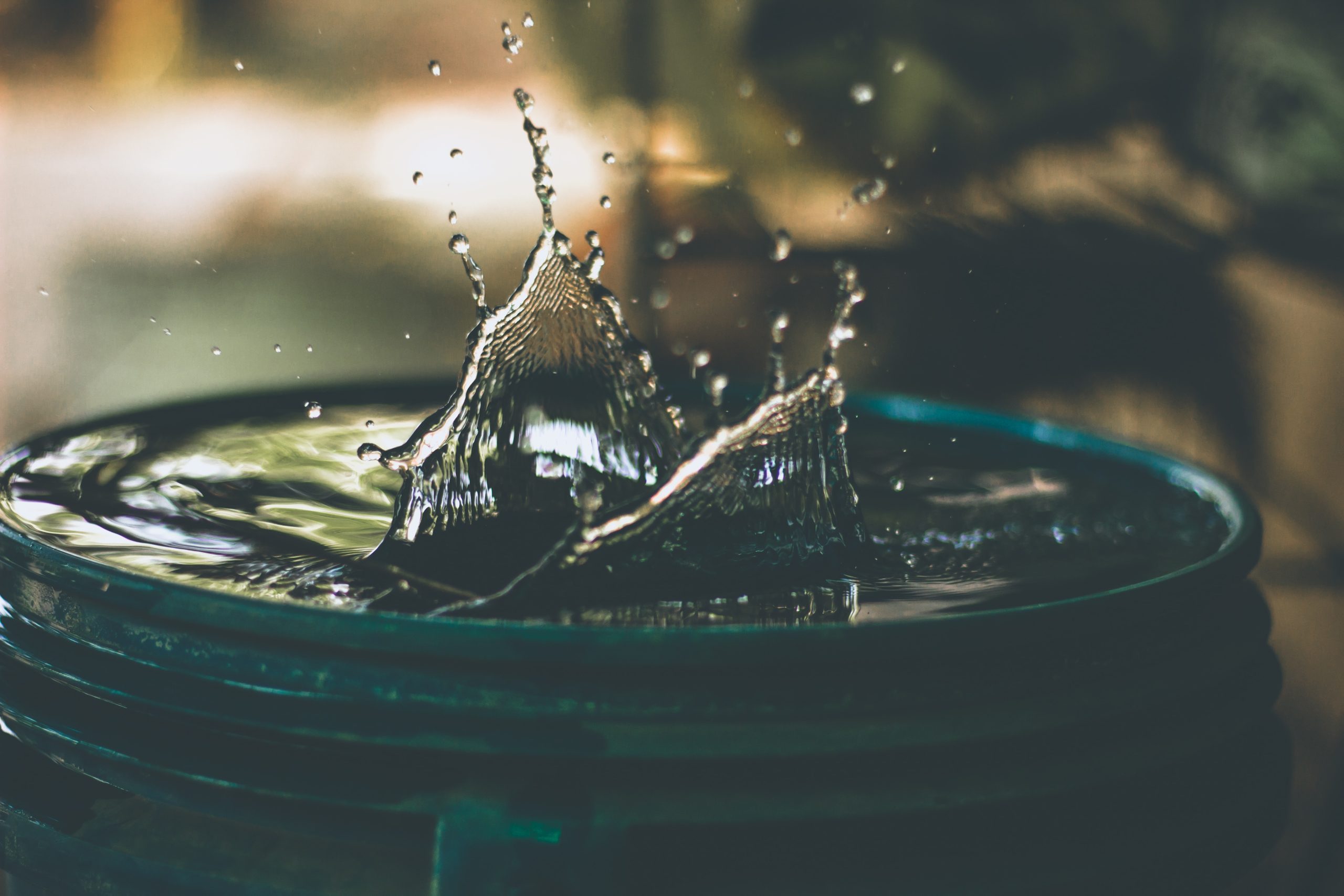
5 Warning Signs Your Residential Water Supplies May Be Contaminated
The quality and safety of your residential water supply determine the well-being of your household. However, safe drinking water supplies, even in a developed country like the US, may be too big an expectation. Unsuspecting Americans are drinking toxic water from their taps, leading to grave health problems for generations.
A recent report suggests that nearly half of the tap water in the country is laced with “forever chemicals”. The number of residents consuming contaminated supplies may be far more than what the study uncovers. That’s because the researchers were unable to test the supplies for all PFAS (these per- and polyfluorinated alkyl substances) chemicals dangerous to human health.
The CDC states that nearly 7.2 million Americans suffer from waterborne diseases annually. Exposure at home is the primary culprit. Being aware and vigilant is your best defense as it enables you to identify potential red flags and take prompt action to address contamination.
In this article, we will highlight a few warming signs indicating contamination of your domestic water supplies.
Unusual Odors
If your water supply smells unusual, you should definitely get it tested. Watch out for earthy, musty, or chemical-like odor because it may indicate the presence of contaminants. For example, sulfur may be present if it smells like rotten eggs. A chlorine-like odor could be a sign of the use of excessive disinfectants.
Clean and safe supplies should have no discernible smell. However, you cannot get complacent even in that case because contaminants such as PFAS can lurk within your residential supplies without the slightest indication. You cannot see, smell, or taste them, making them even more dangerous for consumers.
The Camp Lejeune water contamination disaster underscores the hidden threat to human health in the form of PFAS-laced drinking water. At least one million veterans, their family members, and civilians at Camp Lejeune drank toxic water from 1953 to 1957. Countless cases of different types of cancers, birth defects, and other life-threatening diseases have been reported since then.
Although victims have struggled to seek justice for decades, the passing of the Camp Lejeune Justice Act in 2022 empowers them to file an administrative claim against the government. Anyone suffering due to exposure to chemicals in the water supplies at Camp Lejeune can seek justice and compensation for their suffering.
TorHoerman Law notes that the Congressional Budget Office has set aside $6.7 billion to settle these claims. The payout per person could range between $10,000 and over $1,000,000 according to the strength of the case. Although nothing may be enough to pay for your pain and suffering, getting justice brings peace of mind.
Discoloration
Clean water is clear and colorless, indicating its safety for consumption. Beware if you observe any discoloration as it could be indicative of contamination. Many times, discoloration indicates the presence of rust, or sediments, dissolved minerals in the water. For example, iron makes it appear rusty, reddish-brown, or sometimes yellow in color. Your supplies may contain a combination of iron and manganese if the color is more black than red.
Not all impurities may be hazardous to your health, but you should definitely double-check your supplies if you notice a change in color. In some cases, it could contain harmful microorganisms or chemical pollutants. Get a quick water test and report your findings to the government because chemicals and contaminants affect your family’s health.
Unpleasant Taste
The unpleasant taste of your tap supplies is a reason to worry. It can do more than taste unappealing and affect your food’s flavor. You may end up consuming toxic chemicals when you consume this contaminated water. Safe drinking water should be taste-neutral. If you notice a bitter, metallic, or unpleasant flavor, it could be a serious red flag.
According to the Water Quality Association, changes in taste can indicate the presence of these impurities in your domestic supplies:
- Hydrogen sulfide: Rotten egg or sulfur taste
- Decaying organic matter in the plumbing: Musty, earthy tastes
- Excess chlorination: A taste of chlorine
- Methyl tertiary butyl ether (MTBE) or xylenes: Turpentine-like taste
- Mercury, lead, copper, arsenic, or iron: Metallic taste
Foam
Another sign indicating the presence of impurities in the water is foam floating on it. You may only notice it when filling water in a container from a fast-running tap, but you shouldn’t overlook this sign. Surface foam on lakes and wells can contain viruses, parasites, bacteria, algae, decaying organic matter, and other pollutants. They can pose a significant health risk to humans and animals.
Imagine these hazardous chemicals making their way into your domestic supplies. Proactive measures like testing the supplies and calling a plumber to get advice are wise moves. You should also report the case to the authorities sooner rather than later. The last thing you want is for your loved ones to suffer due to prolonged exposure to toxic water.
Health Symptoms
The emergence of health symptoms among household members is perhaps the most critical warning sign of water contamination. Germs in water can cause gastrointestinal issues such as nausea, diarrhea, dysentery, and Hepatitis A. Chemicals like arsenic, copper, lead, and PFAS are a bigger concern because they can lead to deadly diseases. Skin irritation and respiratory problems may also surface.
If multiple family members experience similar health symptoms, the possibility of waterborne contaminants is high. It warrants proactive measures to test water and address impurities by using a filtration system and reporting the matter to the authorities. You cannot be complacent with this issue, even more, so if you have a baby, a senior, or a pregnant woman in your family.
Ensuring the safety of your domestic water supply should be a priority because the health of your loved ones depends on it. The first step is to recognize the warning signs of potential contamination. If you notice one or more of these symptoms, consider addressing and mitigating water quality issues as soon as possible.
Regular water testing, prompt investigation of changes, and staying vigilant for any health symptoms can be saviors. A little attention is a small price for the safety and well-being of your loved ones.








